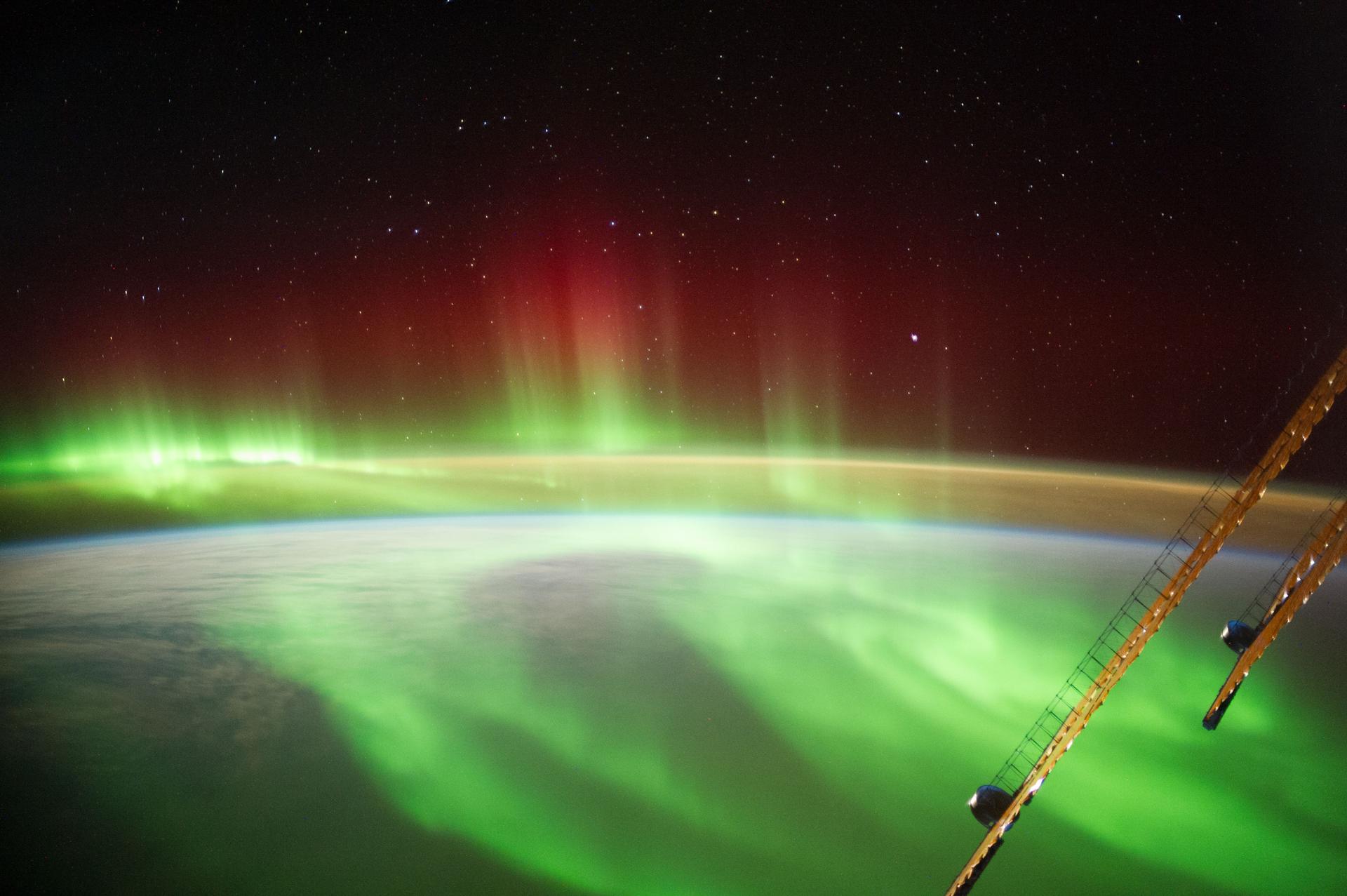Auroras expected tonight in New York, Washington and Wisconsin as solar storm barrels toward Earth
The sun lobbed four enormous blobs of plasma toward Earth, and we will soon see their effects.

A moderate solar storm will slam into Earth today (Sept. 27), potentially causing auroras to dance in the sky at much lower latitudes than usual. As a result, the Northern Lights may be visible tonight in the northern United States, including New York, Wisconsin and Washington state, according to the National Oceanic and Atmospheric Association (NOAA).
The storm — which is made up of charged solar particles oozing across space — may also cause satellite disruptions and some "power grid fluctuations" at high latitudes (particularly above the 55th parallel north, a line that runs through Canada, Northern Ireland and much of Russia), NOAA said.
However, the storm will remain relatively weak, ranking as a level G2 storm on a five-level scale where G5 is the most severe. Only in category G4 storms and above are widespread power outages expected, according to NOAA.
Solar storms are a common form of space weather, occurring when coronal mass ejections (CMEs) belch out of the sun's outermost atmosphere and slam into Earth's magnetic shield. CMEs are enormous blobs of plasma (electrically-charged gases that make up all the stars in the universe) that escape the sun's atmosphere and soar through space at hundreds to thousands of miles a second. According to NOAA, it takes a CME about 15 to 18 hours to reach Earth after leaving the sun.
As many as four CMEs could be bound for Earth right now, NOAA said.
What happens next depends on each CME's strength. Benign storms, like the one predicted for today, crash into Earth's magnetic shield, compressing it slightly. During the collision, charged solar particles skitter along our planet's magnetic field lines toward the poles, bumping into atmospheric molecules along the way. These agitated molecules release energy as light, glowing in stunning red, green, blue and yellow bands. This is how auroras happen.
Generally, the stronger a storm is, the more widely-visible the resulting auroras are at low latitudes. But the really strong, category G5 storms can do so much more. One infamous 1859 geomagnetic storm known as The Carrington Event disrupted Earth's magnetosphere so severely that telegraph wires burst into flames. Another storm, which hit in March 1989, blacked out the Canadian province of Quebec for nine hours and caused power outages across North America.
Sign up for the Live Science daily newsletter now
Get the world’s most fascinating discoveries delivered straight to your inbox.
Tonight's storm will be nothing compared to those past disasters, according to NOAA predictions, but it will not be the last we see. The sun is approaching a period known as the solar maximum — the most active part of its 11-year cycle. During the maximum, the sun's magnetic field, which controls CMEs and other solar weather, is at its strongest, resulting in more and stronger solar storms.
Solar activity is predicted to gradually increase until July 2025, at which point it will slow down and approach a new solar minimum, according to NASA.
Originally published on Live Science.

Brandon is the space/physics editor at Live Science. His writing has appeared in The Washington Post, Reader's Digest, CBS.com, the Richard Dawkins Foundation website and other outlets. He holds a bachelor's degree in creative writing from the University of Arizona, with minors in journalism and media arts. He enjoys writing most about space, geoscience and the mysteries of the universe.









